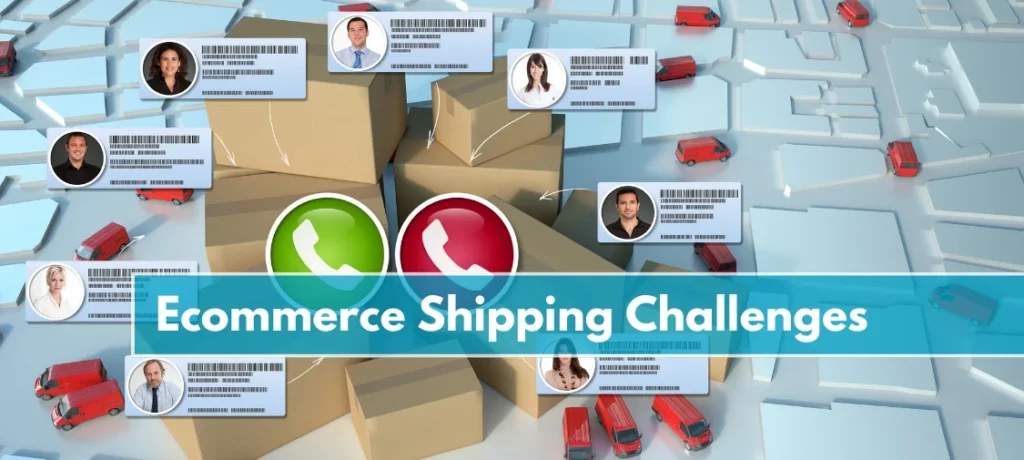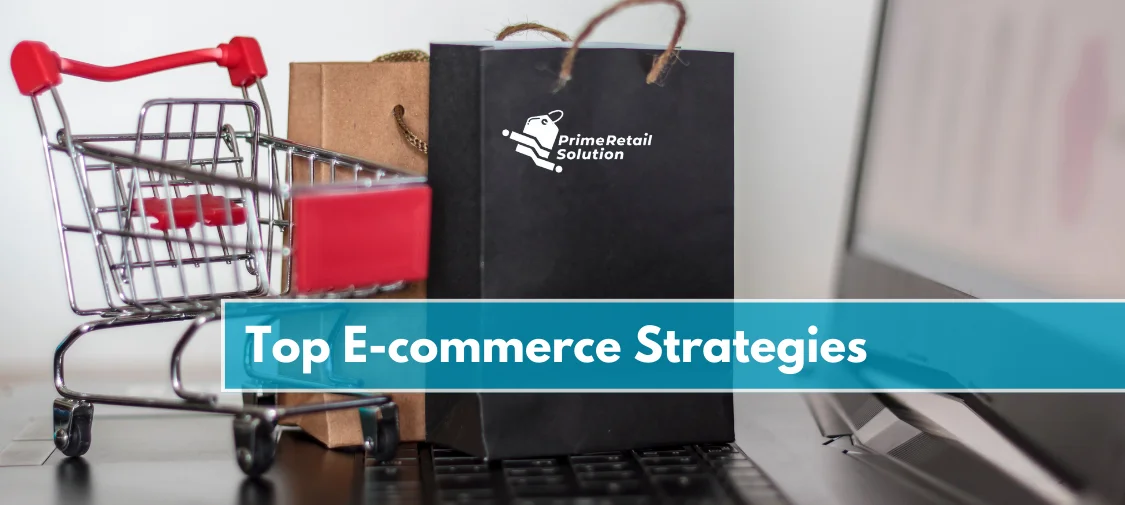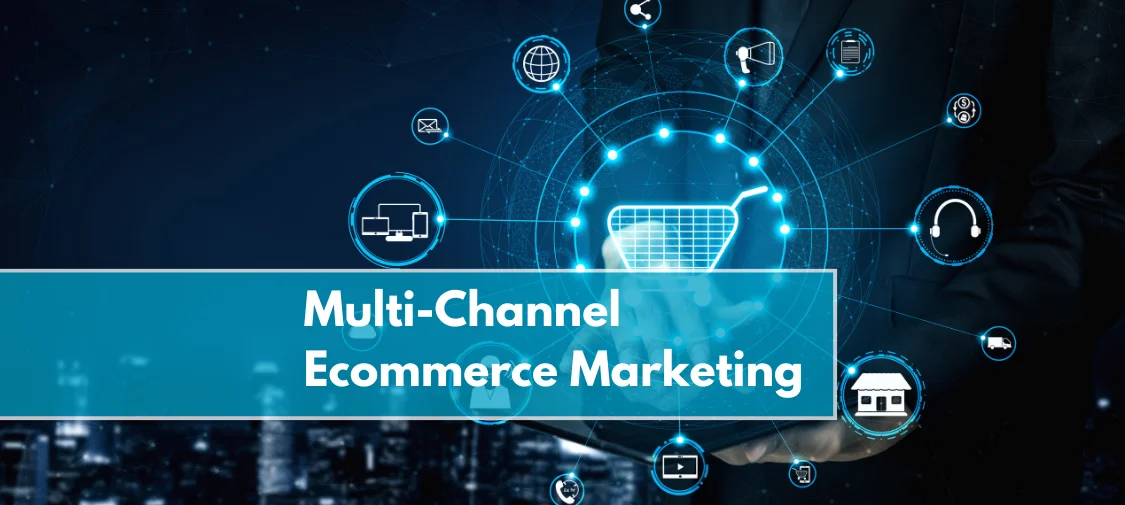E-commerce
Solving the Top Ecommerce Shipping Challenges: Strategies to Slash Costs and Boost Efficiency [2024]
After a successful peak season in 2023, the ecommerce stores plan for 2024 by considering the ecommerce shipping challenges they must overcome to provide unique consumer experiences at competitive prices.
Omnichannel eCommerce fulfillment is in the spotlight for its role in keeping brand promises as convenient purchase, fulfillment, and return policies become industry standards.
However, it’s sometimes easier to say than to execute, given the dynamically changing ecommerce shipping challenges every year. Deutsche Bank Research estimates that the cost of home delivery for an e-commerce firm is 10% to 15% of sales, compared to 2% to 3% when a truck delivers products to retailers.
Many retailers grapple with aging systems and technology infrastructure, the need for more automation to scale fulfillment, and real-time insight throughout the supply chain.
Let’s discuss the real-world Ecommerce shipping challenges businesses face because of subpar shipping performance, the factors that can be to blame, and the steps you can take to improve shipping efficiency.
Challenge#01 – High freight bills
The first ecommerce shipping challenge is faced by almost every seller in the industry, paying a fortune in shipping costs. Costs can vary from $10 to $150 for each shipment, depending on the size and weight of the box and the delivery time frame you require.
Of course, clients appreciate reduced shipping prices, but the expenditures have to be covered. Businesses typically shoulder this cost, leaving you with the unpleasant task of deducting e-commerce shipping costs from your overall revenue.
Plus, Amazon’s Fulfillment by Amazon (FBA) and Seller Fulfilled Prime (SFP) are only sometimes preferable from a financial perspective.
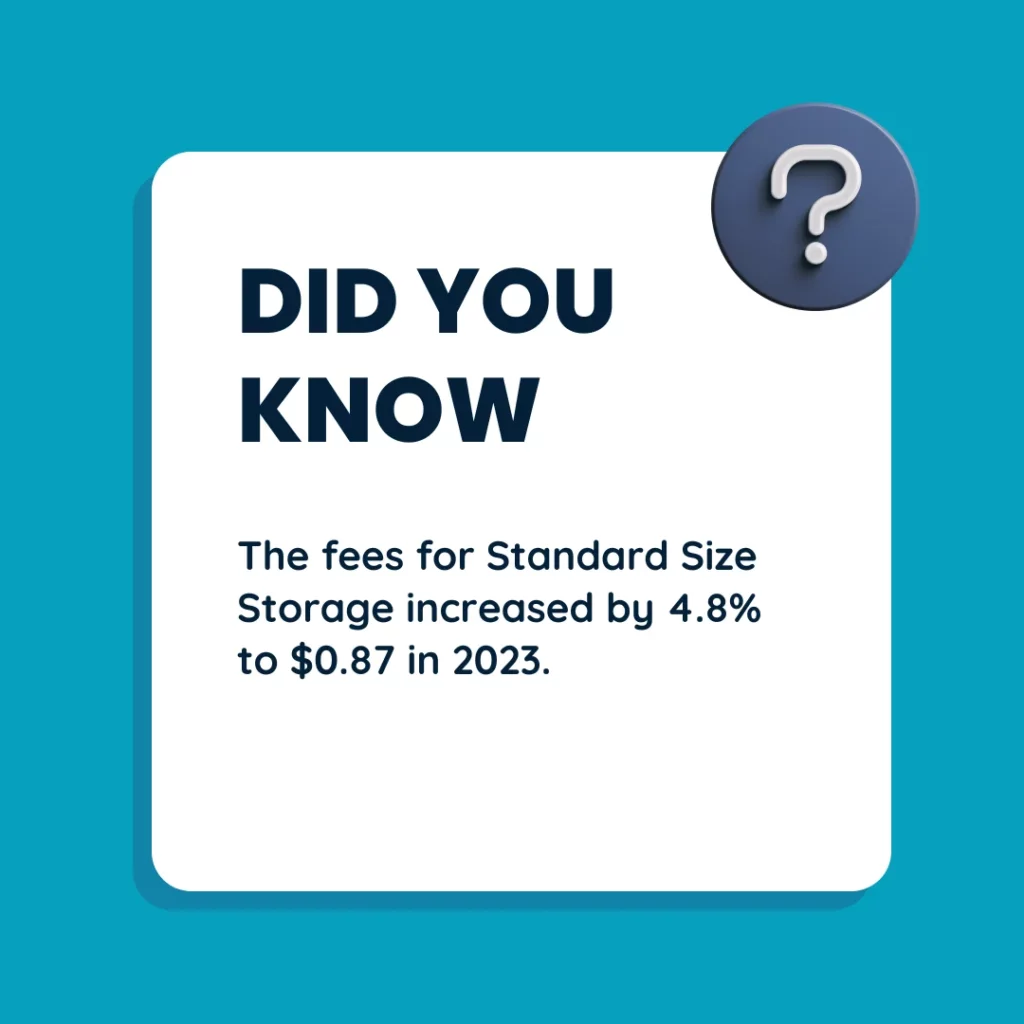
Source: goatconsulting.com
Solution:
Online stores must improve shipping efficiency with efficient fulfillment processes and actively negotiate costs with carriers to be competitive. Automating order fulfillment can cut down on human error and keep clients updated on the status of their packages at all times.
If your customer base spans a wide geographical area, consider establishing regional warehouses to reduce shipping costs and delivery time (another ecommerce shipping challenge discussed below). Consider establishing regional warehouses to reduce shipping distances and expedite deliveries.
Challenge#02 – Snail-paced delivery
Depending on the product type and company, online buyers demand speedy delivery, which might imply two-day, one-day, or even same-day delivery. Now that two-day shipping from the most prominent online stores is the norm, shoppers expect faster ecommerce logistics, even from smaller ones.
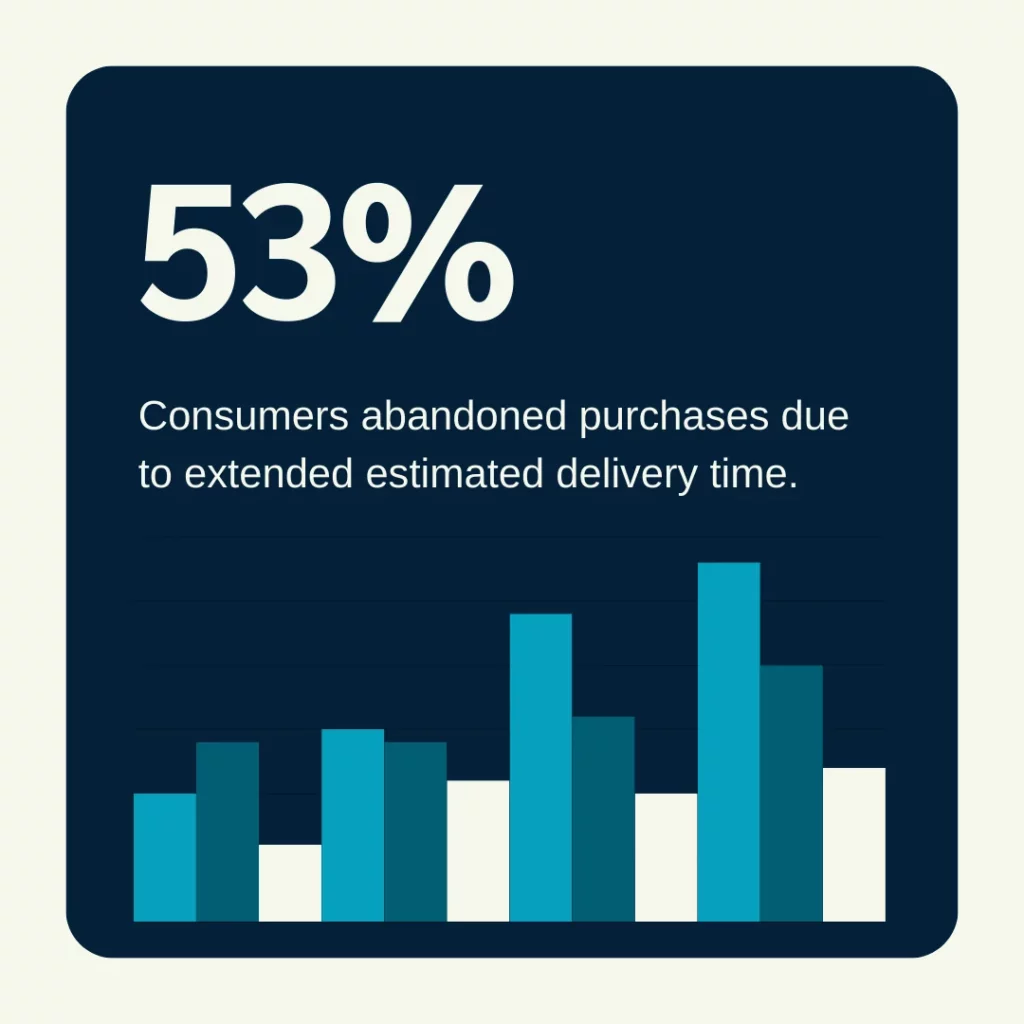
Source: flashbox.co
Sometimes, online purchases take a long time, even when using the most expensive delivery option. In principle, paying for express shipping should solve this problem, but it only sometimes works out that way. This might be a game-changer in revenue generation, depending on your industry.
Solution:
Fortunately, there are effective e-commerce shipping solutions available to help you prevent delays in ecommerce logistics, such as:
- Leverage and integrate route optimization software such as WorkWave Route Manager, Upper Route Planner, Team RoadWarrior.
- Streamline your shipping processes with the expert help of PRS.
- Provide customers with real-time order tracking visibility to build trust.
- Actively seek customer feedback on their shipping experiences.
- Attract new customers and encourage repeat purchases by offering shipping incentives.
- Adopt dropshipping to outsource stocking and shipping to another facility.
Challenge#03 – Limitations in Ecommerce Logistics
There may be some shipping challenges depending on where your organization is located. If you don’t employ AS, you can stock products in distribution centers that are too remote from your client base, leading to inaccurate ETA estimates. When shipping abroad, you must adhere to the laws and customs of each destination country. You may even lose drivers’ GPS signals if you are still getting ready for international delivery management.
Solution:
Businesses can effectively overcome the obstacles in ecommerce logistics by implementing strategic e-commerce shipping solutions and ensuring seamless deliveries regardless of their geographical reach in the following ways:
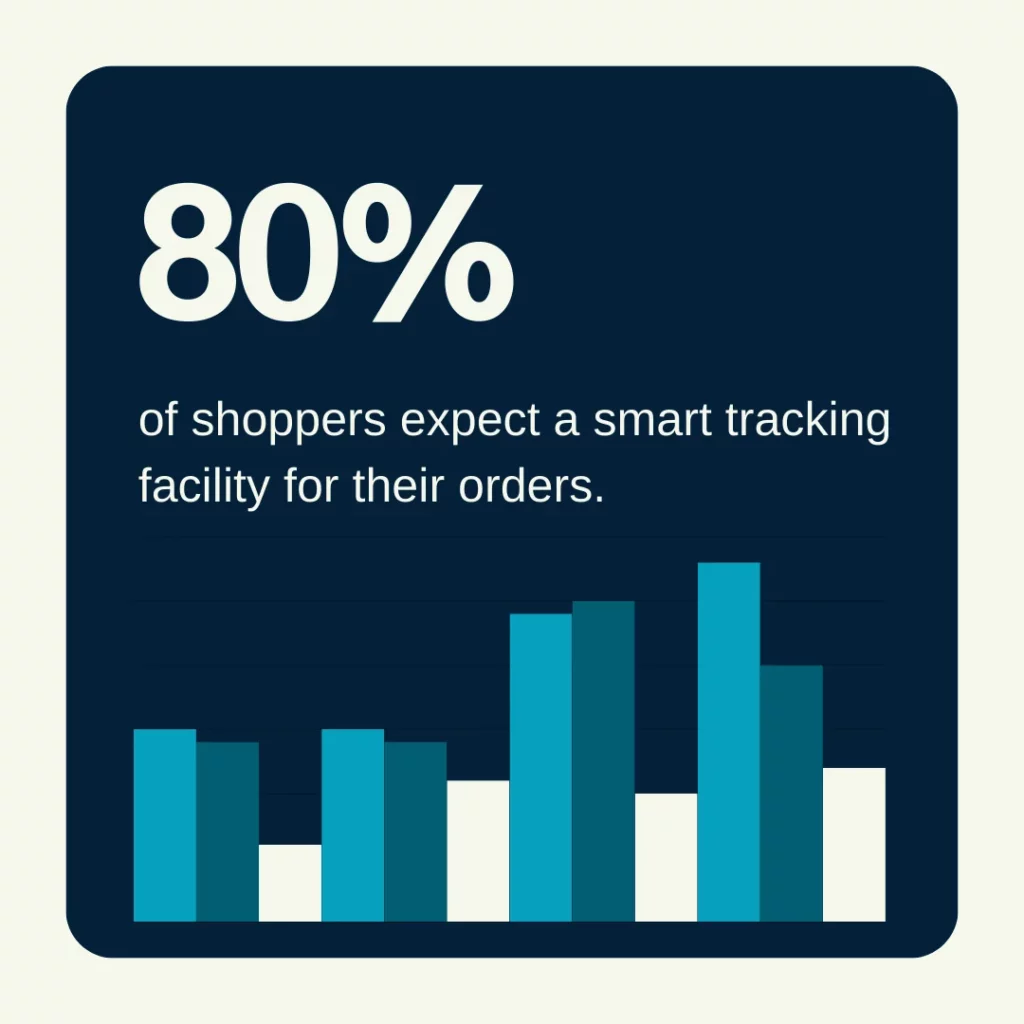
Source: flashbox.co
- Sellers can partner with experienced customs brokers to ensure compliance with all applicable laws and regulations, preventing delays and potential penalties.
- Partner with PRS’ logistics experts with expertise to handle international deliveries effectively.
- Consider using satellite navigation or cellular network-based tracking alternatives that can operate even in areas with weak or no signal.
Challenge#04 – Mishandled Orders And Packages
E-commerce businesses face the ever-present challenge of secure shipping strategies. Losing or damaging items during transit leads to customer dissatisfaction, financial losses, and reputational damage. Effective e-commerce inventory management strategies can help mitigate these risks and ensure the safe delivery of goods.
Solution:
Here are four practical ways to ensure safe e-commerce inventory management and delivery process:
- Secure Packaging: Employ protective packaging materials that can withstand the rigors of transit. Ensure items are securely packed to prevent movement and damage during transportation.
- Clear Shipping Labels: Attach clear, accurate shipping labels to each package, including recipient information, tracking details, and handling instructions.
- Thorough Inspection: Upon receiving returned items, thoroughly inspect them for damage or loss. Initiate claims with carriers promptly for any discrepancies.
- Inventory Management Software: Utilize e-commerce inventory management software to track stock levels, automate order fulfillment processes, and identify potential issues before they arise.
Challenge#05 – Peak Seasons Challenges for E-commerce Logistics
Online retailers face a formidable ecommerce shipping challenge when demand for products skyrockets, as it does throughout the holiday shopping season and on Black Friday/Cyber Monday. This increased demand may burden an online store’s supply chain, resulting in backorders, out-of-stock items, and unhappy customers.
Solution:
Ecommerce sellers have the opportunity to use different strategies to address the challenges that come with peak seasons and ensure that their ecommerce logistics operations run smoothly.

Challenge#06 – Offering Free Shipping in Ecommerce
Many ecommerce sellers use shipping strategies like offering free shipping to attract customers and increase their sales. However, it can also be expensive for small businesses with limited profit margins. The difficulty lies in discovering methods to improve shipping efficiency that cover the costs without sacrificing profitability.
Solution:
73% of consumers buy online items more often with free shipping. So naturally, this opens the gate for sellers to entice customers to choose their store over the competitor. This is how sellers can reduce shipping costs and offer free delivery without compromising their profit margin in the following ways:
- Consider charging a minimum order amount for free shipping.
- Communicate free shipping policies clearly to customers.
- Implementing a subscription model to save shipping costs.
- Offering free shipping on special events like Valentine’s, Mother’s & Father’s Day.
Challenge#07 Tracking Online Orders & Returns
It’s only natural that customers would want to know the status of their orders. To ease their anxiety, sellers need shipping strategies that keeps tabs on orders internally and communicating with customers via personalized support.
Similarly, for online stores, refunds are a fact of life. Several factors could lead to a customer’s dissatisfaction that has nothing to do with the product’s quality. However, monitoring these returns is necessary for future cost reduction and efficient management.
Solution:
For order tracking and keeping the customers updated, we recommend sellers employ a feature that notifies them about their order’s complete journey (confirmed, packed, dispatched, and delivered).
As an e-commerce shipping solution to manage returns, sellers could maintain a clear return policy and ask and verify the reasons for returns. Lastly, managing your returns or your customer’s queries efficiently may turn a disappointed customer into a satisfied one and possibly a returning customer. If the reason for the return is valid, sellers must ensure a proper refund to the customer.
Choose The Right 3PL Partner To Handle Your eCommerce Logistics:
Partnering with a 3PL partner like Prime Retail Solution can give your business a strategic edge in overcoming ecommerce shipping challenges and optimizing fulfillment. We excel in various areas of ecommerce, such as marketing and reverse logistics, customer satisfaction, and complete ecommerce brand management.
When considering the broader perspective, it’s essential to concentrate on what is realistically attainable for your ecommerce logistics. Consider using e-commerce shipping solutions that explore new AI technologies. Either way, the ultimate aim is to continuously improve shipping efficiency and your processes to offer customers a superior experience and come out on top in the shipping competition.
Share

